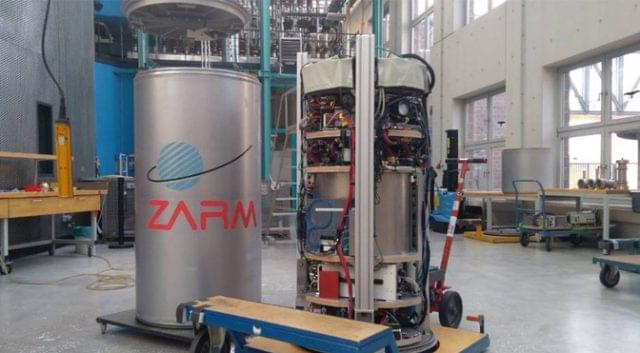As far as we can tell from modern science, there’s no upper limit to temperature. There sure is a lower limit, though. We call that absolute zero, measured as −273.15 °C (−459.67 °F). Scientists have yet to reach that limit in any experiment, but they’re getting close. A team of physicists in Germany has gotten closer than ever before, reaching a temperature of 38 trillionths of a degree from absolute zero, according to New Atlas.
This news might sound familiar because it is — scientists have inched closer to absolute zero on numerous occasions. A few years ago, MIT created what was at the time the coldest spot in the universe with sodium and potassium atoms. The International Space Station has also conducted experiments within a fraction of a degree of absolute zero. The problem is that no matter how well insulated your testing setup is, a tiny amount of energy always sneaks in from the environment. When that happens, you can’t reach absolute zero and halt all atomic motion.
The team from the University of Bremen broke the record once again by dropping the experiment (above) from the top of a very tall tower. Yes, really. They started with a cloud of 100,000 rubidium atoms, which were confined inside a magnetic field. When cooled, the atoms clump together and form a mysterious state of matter known as a Bose-Einstein condensate. In this state, the atoms act like one giant atom, making quantum effects visible at the macroscopic scale.
